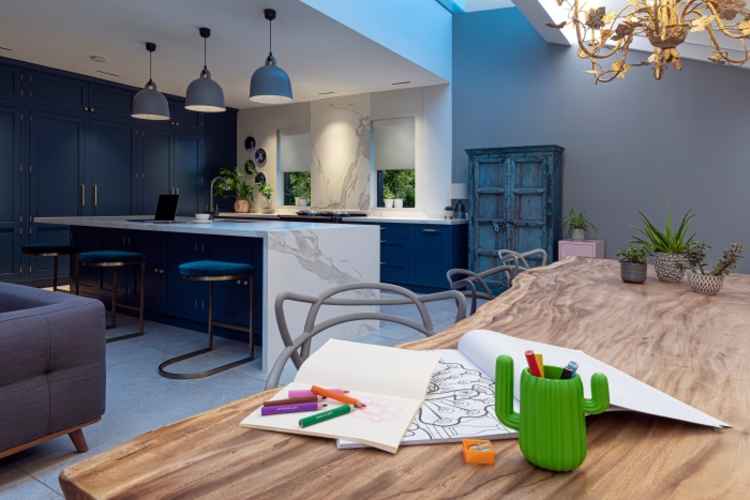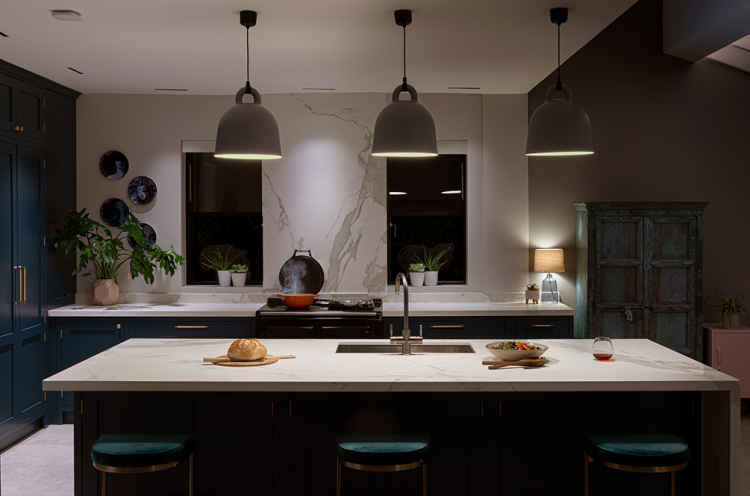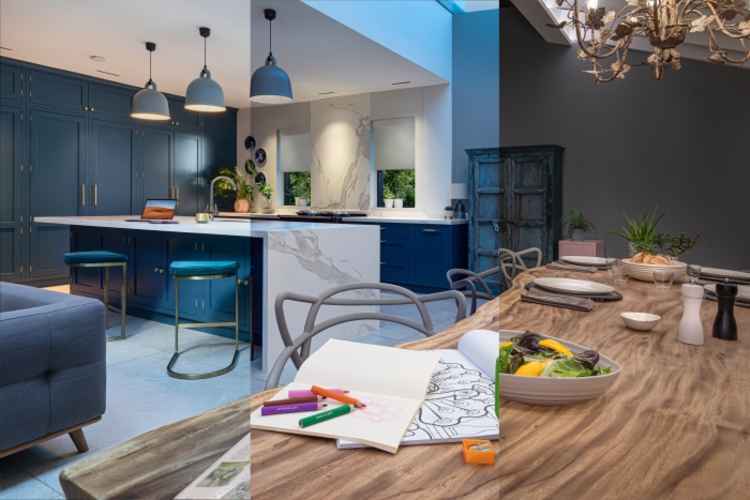Miguel Aguado, marketing and technology manager at Lutron addresses the energy and cost of living crisis and how integrators can help.
Soaring energy costs have crystalised the urgent need for homes to put energy efficiency and sustainability at the top of the agenda, with analysts predicting that energy costs for homes could continue to rise as the price cap increased by 54% in April 2022.
When homes are facing myriad challenges, these surging costs may not be a storm all can weather. At the same time, the overarching need for society to pull together to tackle the climate change emergency means that investing in energy-efficient strategies signals a win-win for communities – improving green credentials while saving on energy costs.
For homes seeking to implement cost-saving strategies, lighting is a smart place to start. According to The Climate Group, lighting accounts for almost 5% of global CO2 emissions – startling when we consider the many simple ways in which creating the perfect light can easily encompass energy savings alongside an improved user experience.
While much progress has already been made in promoting the use of green LED lightbulbs, for example, this is just the start. Here we explore three smart technologies that homeowners must understand to unlock tangible savings for their homes.
1 – Roll up to energy winter warm, summer cool savings
The energy-saving potential of window treatments is often underestimated. But with 30% of heating energy being lost through windows, leaving windows untouched is an energy-saving open goal. According to the US Energy Department, in colder periods about 30% of heating energy is lost through windows, while in hotter times three-quarters of sunlight enters double-glazed windows to become heat. Using heating or air conditioning systems to counter these fluctuations is a huge energy drain.

However, the use of blinds has been proven to have a huge impact, which can be magnified when using smart systems to control where and when blinds are raised and lowered. Whether your customers want to harvest the energy-saving benefits of daylight sensing or reduce heat gain and glare with automated blinds, there are flexible solutions to maximise the efficient control of daylight.
For example, “Winter warm” automation opens the blinds, taking advantage of sunlight warming a southern façade. “Summer cool” does the opposite by lowering blinds and blocking solar heat gain, thereby reducing cooling costs. Such smart, automated blind systems can automatically adjust window blinds based on the sun’s position throughout the day, leading to a 10-30% reduction in solar heat gain, translating into direct savings and greater user comfort.
2 - Creating the perfect light for any situation with automation
Make your home work harder for you by adding intelligent, energy-efficient light control. Incorporating lighting, shading, and sensors, today's smart flexible, scalable systems for lighting can deliver maximum energy savings alongside comfort and control. Combining data from lighting systems with that from additional sources, such as weather, temperature, and seasonal changes, homeowners can unlock energy-saving benefits and provide a better setting for homeowners. These solutions can be easily designed, installed and reconfigured to meet the changing needs of a building.

3 - Interoperability; only invest in smart systems that work together
When considering how to harness automation technology to help deliver energy efficiency and savings, it is vital to select solutions that are designed with interoperability in mind. Systems must be able to speak to each other, integrated to ensure complementary outcomes and open up further opportunities for carbon reduction by working together.
Smart devices to support energy efficiency should be able to be interlinked and to securely communicate with each other. Users must therefore look for technology that integrates across vendors and verticals. In a recent report by the UK’s Energy Digitalisation Taskforce, it was clear that interoperability will be key to realising a low carbon future. As it summarises, “digitalisation of the energy system is not just a ‘nice to have’ but a core requirement in ensuring that we can accelerate the journey to Net Zero”, and homeowners must consider this fact.

Smart solutions for homes new and old
Designing new homes that incorporate these smart lighting principles should be a given, but that does not mean existing building stock should be ignored. According to the UK Green Building Council, the UK’s building stock is set to be the oldest in the developed world, with 80% of the buildings that we will be using in 2050 already standing today.
Digitally retrofitting buildings to incorporate automated lighting creates smarter and healthier buildings, where both financial and carbon savings can be made, whilst avoiding intrusive building work. This makes lighting the most important and least inconvenient place to start with carbon-reducing retrofits.